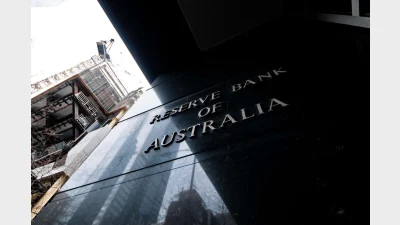Businesses can afford $1 extra per day for SG increase


The majority of businesses can afford to increase workers’ superannuation by $1 a day per employee, as there has not been a significant wage rise in years, according to a super body.
The Association of Superannuation Funds of Australia (ASFA) has said the National Accounts data reinforced the need for the legislated increase in the super guarantee (SG).
In the June quarter 2020, corporate profits were up 15% (16% higher than the corresponding quarter last year) while wages and salaries were down 2.5%, according to Australian Bureau of Statistics data.
Excluding the mining sector, the quarterly increase in corporate profits was the largest in almost two decades, and the ASX200 had risen 16% over the same period.
ASFA chief executive, Dr Martin Fahy, said: “Once again we see clear evidence that the share of income accruing to business is ballooning while hard pressed workers face the bleak reality of weaker wages for longer.
“At $1 a day per employee, the increase in superannuation is affordable for the majority of businesses and is now critical to allow workers to catch up, given they haven’t seen a significant wage rise in years, and with little possibility of higher wages on the horizon.
“Only the scheduled increase in the superannuation guarantee will provide workers with a pay rise next year and help to address the structural imbalances that continue to occur between fat profits and flat wages.”
Recommended for you
Governor Bullock took a more hawkish stance on Tuesday, raising concerns over Trump’s escalating tariffs, which sent economists in different directions with their predictions.
Equity Trustees has announced the appointment of Jocelyn Furlan to the Superannuation Limited (ETSL) and HTFS Nominees Pty Ltd (HTFS) boards, which have oversight of one of the companies’ fastest growing trustee services.
Following growing criticism of the superannuation industry’s influence on capital markets and its increasing exposure to private assets, as well as regulators’ concerns about potential risks to financial stability, ASFA has released new research pushing back on these narratives.
A US-based infrastructure specialist has welcomed the $93 billion fund as a cornerstone investor.












